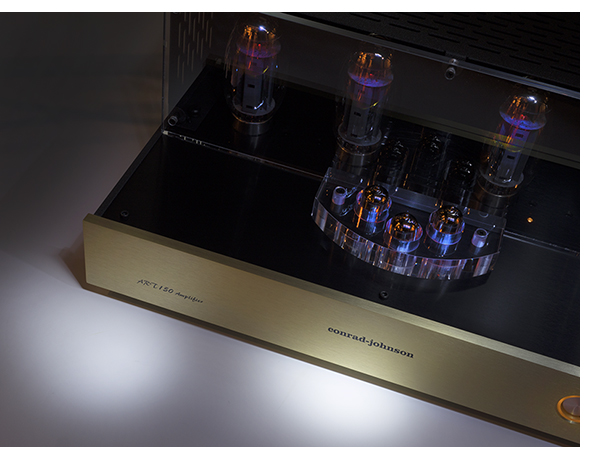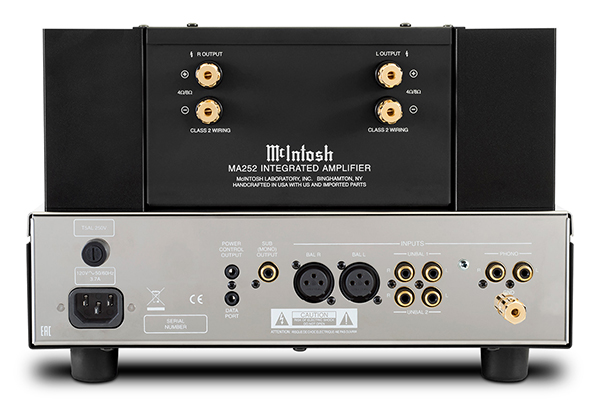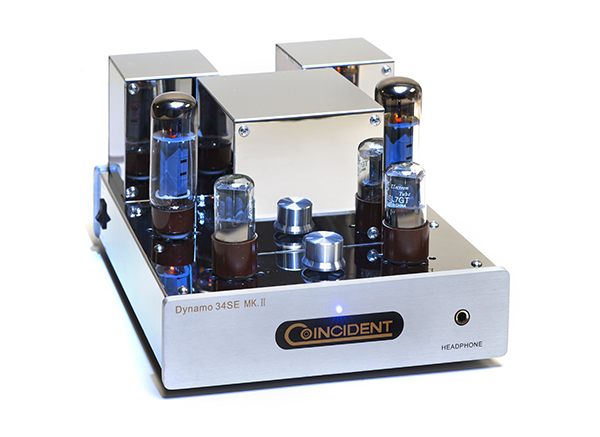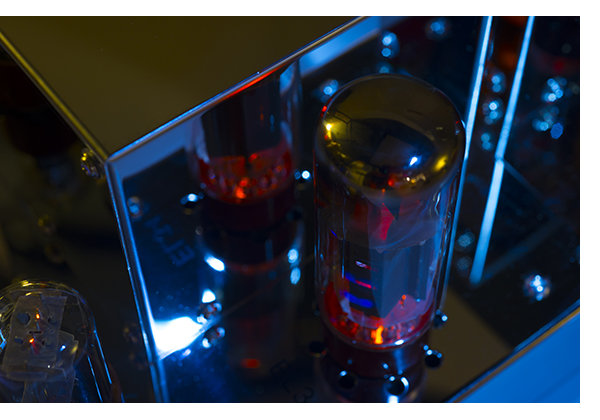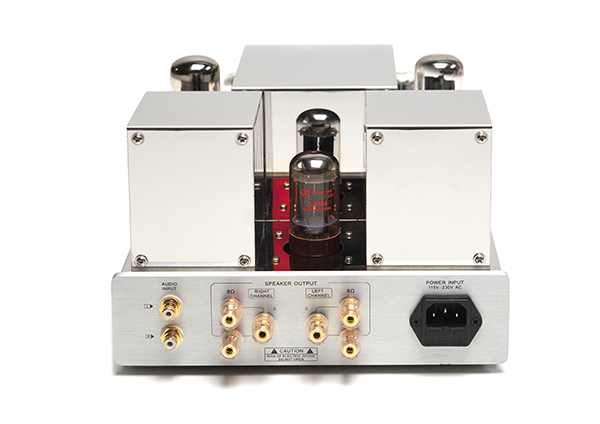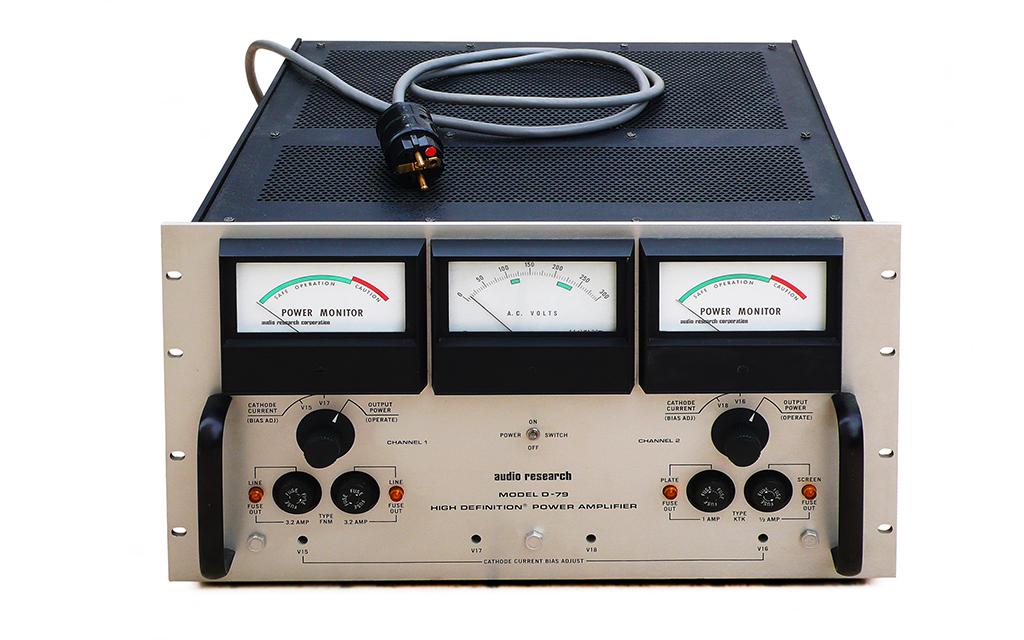 I probably should listen to more classical music at comfortable volume levels.
I probably should listen to more classical music at comfortable volume levels.
Back in 1990, when I finally got my hands on an Audio Research D-79 after wearing down a good friend to part with it, he called to inform me that I should “let it warm up slowly with some nice string quartet music.” No way. The first track played was Alice Cooper’s “Hey Stoopid,” and after a few minutes to warm up, I pushed those big meters all the way into the caution zone. Having grown up with polite little EL-34 tube amplifiers, this was a revelation. I had never heard a tube amplifier that had the drive of a big solid-state amplifier before. It was equally revelatory to my next door neighbor, who was pounding on my front door before the first chorus.
I have not grown up one bit 25 years later. At first listen, it seems like the Audio Research GS 150 that has just arrived for review has defective power output level meters. UFO’s “Lights Out” is playing at much higher than normal conversation levels, but the needles aren’t budging. Volume indicator on the GSPre is set to 42 and we’re all thinking that at least a few watts per channel are being delivered to the Dynaudio Evidence Platinum speakers we use as a reference, but to no avail – still no movement. Raising the level to 60 finally makes for some meter movement, and the sound level is indeed rambunctious! Yet the GS150 can play much, much louder.
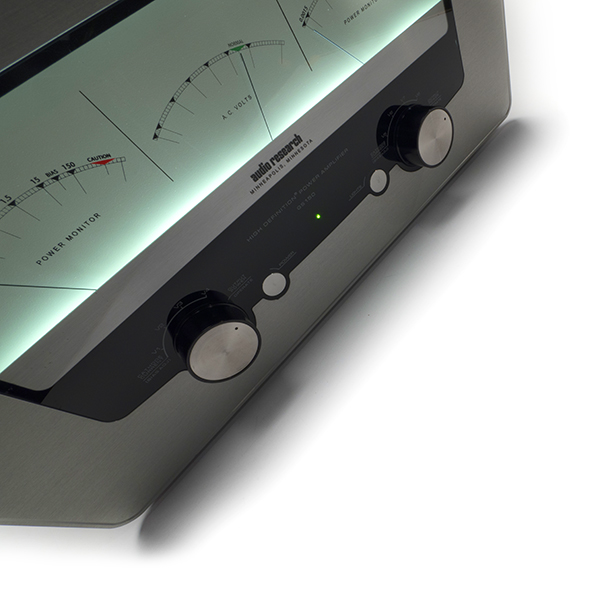
Going for broke, pushing the meters to swing past the 150-watt mark towards the caution level during Michael Schenker’s blistering solo, with no trace of distortion, convinces me this is indeed a very special amplifier. Call me nostalgic, but I haven’t had this much fun with an Audio Research power amplifier since the days of my D79. Whether you listen to chamber music or metal, the level of involvement that the GS150 brings to the table is precious.
ARC’s REF amplifiers are wonderful, and I’ve even owned a few of them over the years, but this new GS series of Audio Research components is unique in the sense that it blends a tiny bit of the vintage ARC sound with everything they’ve learned in 40 plus years of amplifier design. Add the super stylish Italian casework and this is the amplifier that’s going in my coffin.
Last year we bestowed an extremely complimentary review on the Audio Research GSPre, enjoying its combination of Italian style with a return to the glorious all-in-one preamplifiers of the past, featuring a full-function phono stage (and a headphone amplifier) all on one chassis. The matching GS 150 power amplifier is equally beautiful and equally capable. Perhaps even more.
A special sound, indeed
When it comes to splitting hairs, the GSPre renders music with slightly more body and slightly less resolution than the REF 5SE and REF Phono 2SE combination, albeit at a much lower price. (The REF 5SE/Phono 2SE pair will set you back close to $30k, the GSPre has a $15k price tag) The delta between the two isn’t so much less than different. Even though a BMW M4 will get you around the racetrack a little faster than a fully equipped 435i with sport suspension, the latter is a more reasonably priced car to live with every day if you can’t take advantage of its maximum performance on a regular basis. The same holds true for the GSPre.
However, the GS150 is a different animal indeed. Possessing a similar sonic signature to the GSPre, it offers all the detail and resolution that the REF power amplifiers are known for, yet that pinch of tubeyness is there and not in an overwhelming way to ever sound slow, rounded off or overly euphonic.
At $20k the GS150 is a step above the REF 150 in ARC’s product lineup and in a side-by-side comparison provides a different sound. Though the spec sheets look almost identical, these two amplifiers are different beasts indeed. They do share a fully balanced configuration, and like the REF amplifiers, the GS150 must be used with a balanced preamplifier; it will not work with a single-ended preamplifier and balanced adaptors, so take this into account before purchase.
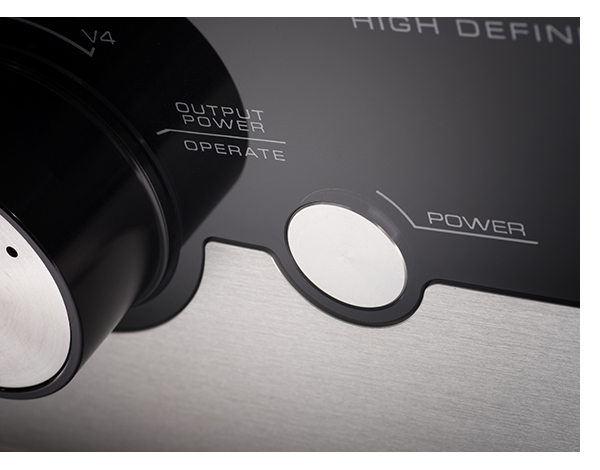
Vivacious violins, piano perfection
The blistering, bluesy guitar of Gary Clark Jr. on his latest album Sonny Boy Slim is sublime. The texture revealed on Clark’s guitar is staggering, awash in reverb, decay and distortion along with a true sense of scale, giving the impression of a live performance. This additional dimensionality not provided by lesser amplifiers doesn’t take the illusion as far.
Listening to a wide range of music for months now reveals no limitation to the GS150’s ability, whether driving Magnepans, the new Quad 2218 ESLs or major floorstanders from ProAc, Dali, GamuT, Dynaudio and Focal. Even the diminutive ProAc Tablette Signatures deliver an otherworldly performance driven by the GS150. Regardless of speaker or cable choices, the GS150 remains perfectly stable, unaffected less than many of the other tube amplifiers we’ve used – some highly particular by the cables used.
Good as this amplifier is, you may notice its capability even more when listening to solo vocals or acoustic instruments. The tonal richness that the GS150 reveals will keep you riveted to your chair for hours on end — always the mark of a great component. Pay particular attention to the way this amplifier accelerates and stops cleanly on a piano key strike or a guitar pluck without overhang or smear, yet retaining a high amount of saturation.
Where some components, especially those with vacuum tubes under the hood, can paint a sonic picture that is a lot larger than life in all three dimensions (And lets face it, that’s why we love tubes in the first place) the GS150 always expands and contracts with the music and the production, never just giving an overblown rendition of everything. Cool as it might be a piano shouldn’t sound like it is ten feet tall. This is another way that the GS150 conveys a realistic portrayal of music.
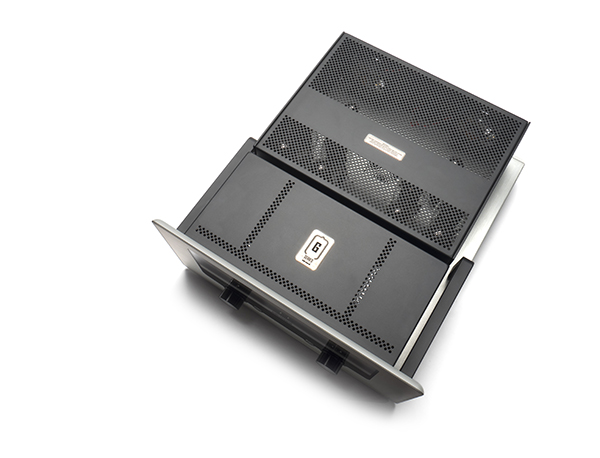
Chock full of tubes
Where the D-79 uses between 14 and 18 tubes depending on iteration, (there were three models; A, B, and C) to produce 75 watts per channel, the GS 150 uses 4 6H30 driver tubes and four matched pairs of KT150 output tubes to produce 155 watts per channel. As you can see from our photo shoot, at the 11th hour we have acquired a D-79 for some comparison photos, but alas this warhorse is in desperate need of a power supply refresh, so we can’t give you a side-by-side comparison of the sound. Once it returns from the shop, we will feature it in the Old School column next year and run the classic and the newest model side by side for your and our enjoyment. For now, it’s a wonderful memory to have these two in the same room together!
Let’s not forget the package
Audio Research has always made great sounding gear, but the wives of most of my friends have always seen those big boxes and said “not in my house.” But now with the Italian influence that Fine Sounds brings to the table, this amplifier is gorgeous, as is the matching preamplifier.
Looking at the chassis closely, you can see how much hand work has gone into every facet of this amplifier, from the finish on the front panel; to the delicately lettered power meters and the hand-welded chassis.
Again in the tradition of the D-79 and D-150, the GS150s front panel features three meters: the right and left meter for power output and tube biasing, with the center meter keeping track of incoming AC power. The bias adjustments are on the right and left hand side of the chassis.
Nice as the casework is on the GS150, the same level of attention has been paid to the package inside the familiar, dual box Audio Research packing that long-term aficionados have come to love. To say the tubes are well-protected is an understatement; now they are presented to the owner as a fine wine or cheese. It’s a nice touch, especially at this price level and it’s worth mentioning that the instruction manual is fantastic too. Straightforward, well illustrated and easy to read.
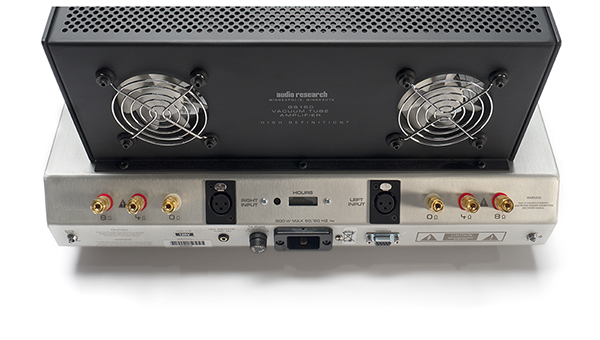
Product of the year, hell yeah
Is this the best power amplifier Audio Research has ever built? For me it is, but that’s being selfish. Discussing the technical features with ARC’s Dave Gordon, I jokingly said that the GS150 is like they built a bespoke amplifier for me, exactly as I would have it look and sound. In the way that Google always seems to know what you are thinking, maybe Audio Research has been probing my thoughts too. To be fair to everyone else, I can safely that the GS150 is my favorite vacuum tube power amplifier.
Buying a great power amplifier is a highly subjective undertaking, especially when a five-figure price tag is attached. If the GS150 weren’t our Product of the Year, it would certainly garner an Exceptional Value Award. If you don’t need 300 plus watts per channel and you enjoy the sheer sound that ARC’s engineers have achieved with the GS150, you’ll never need more amplifier than this. Just like fine cameras, watches or sports cars, there are a number of great vacuum tube power amplifiers available today, yet they all have somewhat different sonic personalities.
If you are an obsessed music lover, I’m guessing you have been on a quest for that “I’ll know it when I hear it” sound, perhaps for a long time. Perhaps longer than I have. If the GS150 touches the nerve that excites that center in your brain, this is an amplifier that you can enjoy for the rest of your life. It is meticulously built — inside and out — by a company with 40-plus years’ experience, execution and support behind them. Should your obsession take you elsewhere at some point, ARC products enjoy high resale prices on the secondary market, and that’s another big part of what makes this amplifier worth the price. I am thrilled to award the GS150 power amplifier and the companion GSPre our Product of the Year award for 2015. I’m sure 30 years from now it will be held in as high esteem as it is today.
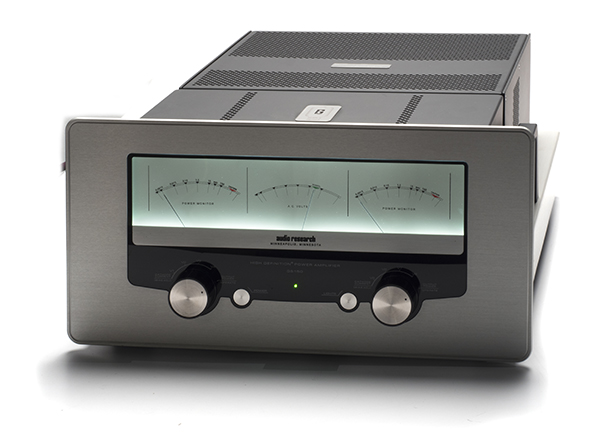
The Audio Research GS150 Amplifier
MSRP: $20,000
www.audioresearch.com
Peripherals
Analog Source AVID Acutus Reference SP/SME V/Lyra Atlas
Digital Source dCS Rossini DAC, Roon player
Phonostage ARC REF Phono 2SE, Simaudio LP810, Pass XP-25
Preamplifier ARC GSPre
Speakers GamuT RS5, Quad 2218
Power IsoTek Super Titan
Cable Cardas Clear




